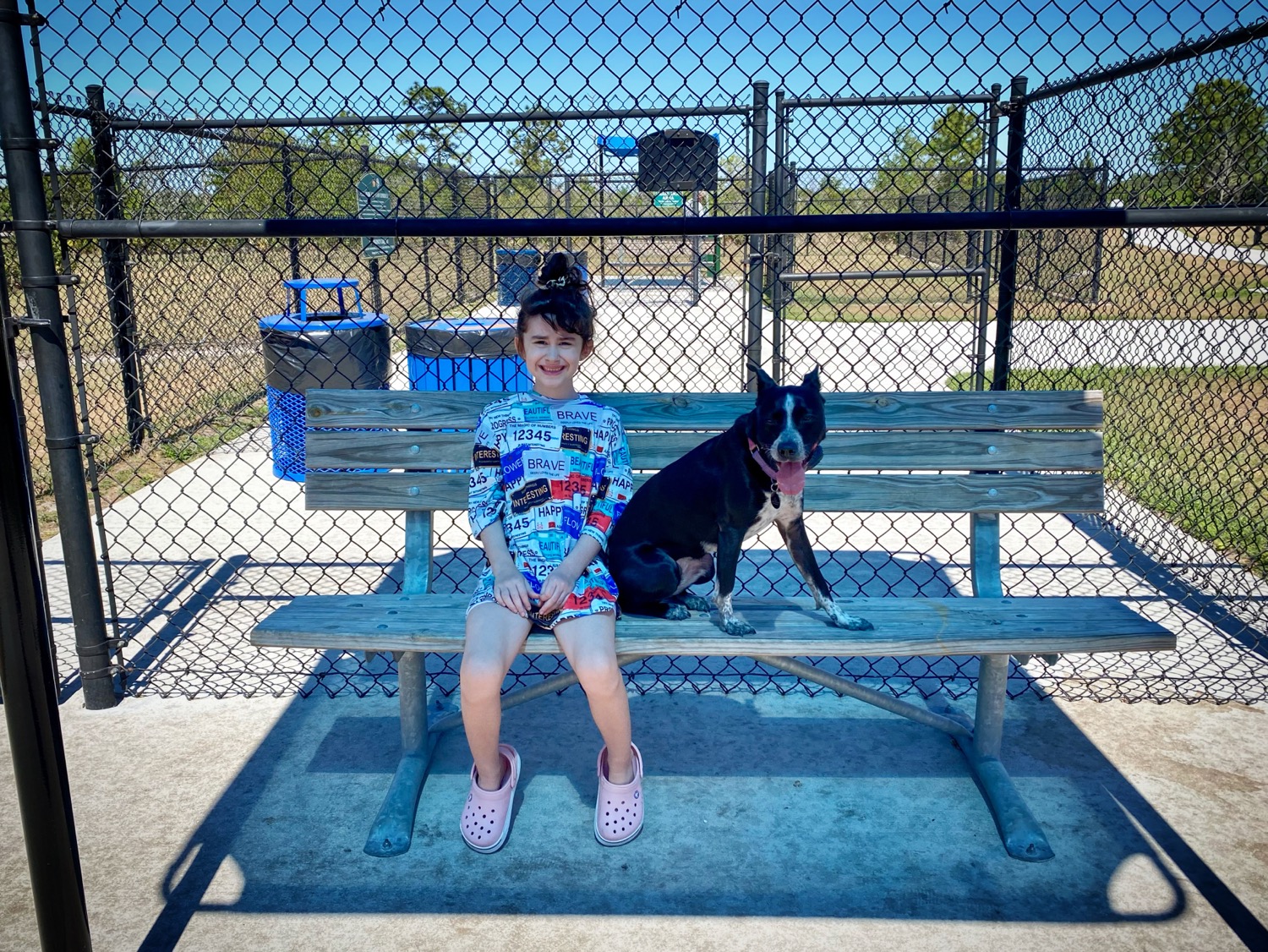Practice Patience: Understanding that Dog Training is a Gradual Process
- Jason Parks
- Oct 4, 2023
- 3 min read
Practice Patience: Understanding that Dog Training is a Gradual Process --- Introduction In the journey of dog training, patience emerges as a vital component. It's easy for dog owners to get caught up in the desire for quick results. However, training a canine companion is not an overnight task, but rather a gradual process. This article delves into the essence of patience in dog training and the understanding that lasting results take time. --- The Foundations of Dog Training: Why Patience is Paramount
1. Every Dog is Unique - Dogs, like humans, have individual personalities, predispositions, and learning curves. - While some dogs might grasp a command in a few attempts, others might take weeks. - Recognizing and respecting this individuality is the first step toward successful training.
2. Strengthening Trust and Building Bonds - Patience in training also equates to trust-building. - Hurrying the process or showing frustration can damage the bond between the dog and the trainer. - Positive reinforcement, consistency, and patience together foster trust and understanding.
--- The Risks of Rushing the Training Process
1. Inconsistency in Behavior - Rushed training can lead to inconsistent behavioral outcomes. - Dogs might display a desired behavior occasionally but not reliably.
2. Potential for Increased Anxiety - Forcing a dog to learn quickly can induce stress and anxiety. - Anxious dogs are more challenging to train and can develop behavioral problems.
3. Diminished Trust - Expressing impatience or frustration can erode the dog's trust. - A lack of trust can hinder future training endeavors and strain the pet-owner relationship. --- Understanding the Gradual Nature of Training: A Deeper Dive
1. The Science of Canine Learning - Dogs learn through repetition and reinforcement. - The consolidation of learning takes place over time, much like humans "studying" for a skill.
- A gradual approach ensures that the learned behavior is deeply ingrained and consistently displayed.
2. Celebrating Small Wins - Dog training is a journey punctuated by small victories. - Each minor success, be it a well-executed sit or a successful recall, is a step forward. - Acknowledging these milestones motivates both the trainer and the dog.
3. Adjusting Expectations - It's crucial to have realistic expectations. - Progress might be slow, but each session is a building block. - Celebrate the journey of training as much as the end result. ---
Strategies for Cultivating Patience in Dog Training
1. Set Clear, Achievable Goals - Break down the training into manageable tasks. - Focus on one command or behavior at a time.
2. Understand the Value of Repetition - Repetition is not redundancy; it's reinforcement. - Repeated practice in various settings and scenarios ensures robust learning.
3. Seek Expert Guidance - Professional dog trainers bring a wealth of experience. - They can provide insights, techniques, and strategies to make the training process smoother and more effective.
4. Embrace Breaks and Downtime - If a particular session is challenging, it's okay to take a break. - Dogs, like humans, have good and bad days. Understand and respect their pace.
5. Observe and Learn - Spend time observing the dog outside of training sessions. - Understand their cues, likes, dislikes, and triggers. This knowledge can inform and improve training sessions.
---
Conclusion Training a dog is as much about understanding the canine psyche as it is about teaching commands. A hasty approach can lead to fleeting success at best and setbacks at worst. Embracing patience, understanding the individuality of each dog, and appreciating the journey of training are crucial for lasting success. After all, the journey of dog training is not just about obedience; it's about forging a deep, trusting bond with a beloved canine companion.




Comments